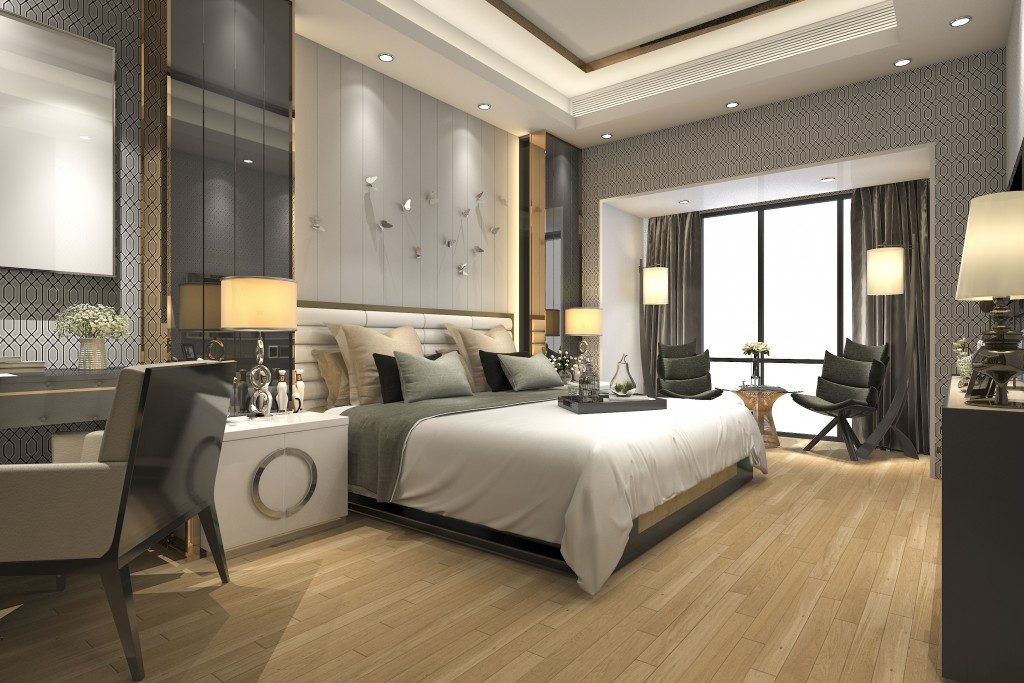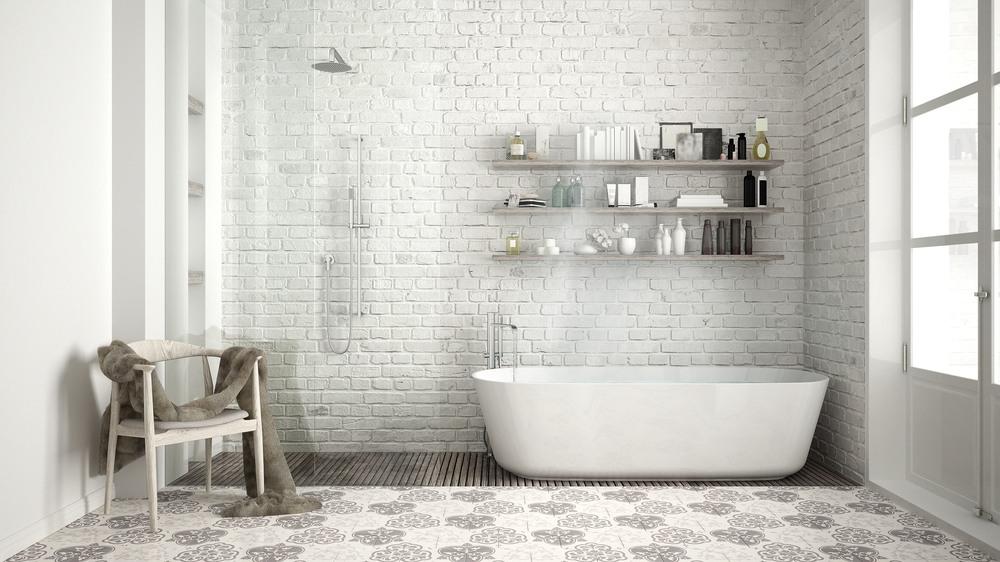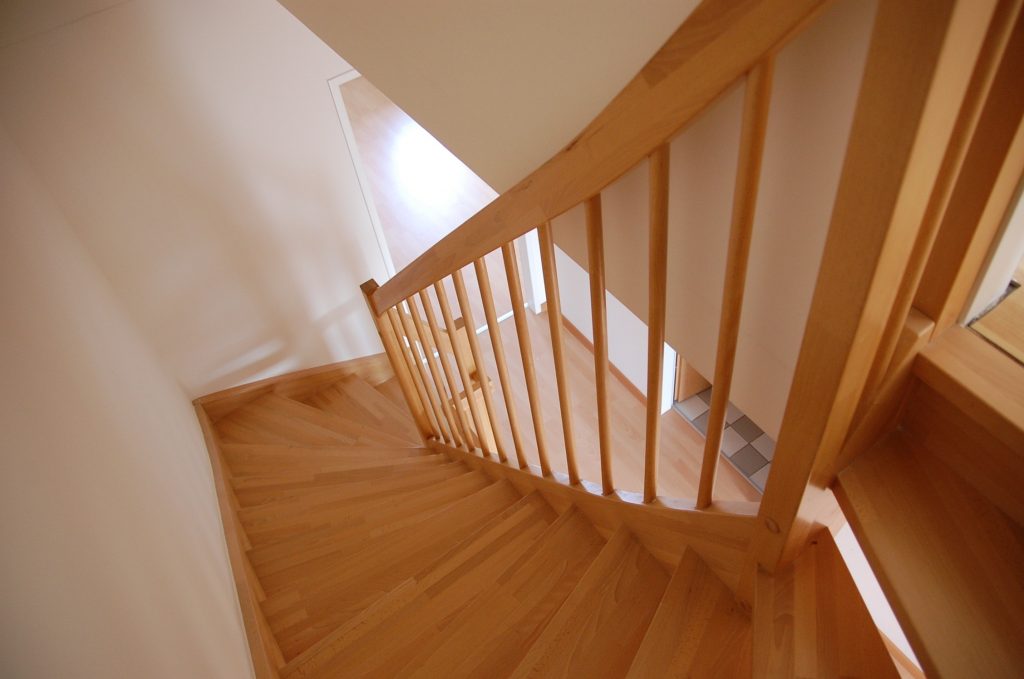More people are nowadays are paying attention to the look of their bedrooms. They are realising that a comfortable bedroom is an essential element when aiming for quality sleep. But comfort in your bedroom will go beyond having then right furniture pieces and a good mattress. The way you make your bed will also determine the look of your bedroom and your comfort level. This means you should be vigilant when picking your bedclothes.
Most bed sets sold at an NZ store will comprise a mattress protector or cover, a flat sheet, a comforter or blanket, and a bed cover. When picking a cover, most people will base their choice on its colour rather than the type of cover they are getting. The colour and patterns of your bed cover should, of course, match your bedroom’s look. Even so, it is also essential to pick the cover type that best suits your needs. Here are tidbits on your alternatives.
Coverlet
This is a cover that has sides hanging over the edges of your bed’s frame. You can opt to leave the coverlet untucked if it has some decorative trim or tuck it under your mattress for a neat look. These bed covers are lightweight and will often only suffice in hot climates and for summer months. Even so, coverlets still suffice for cold times when paired with duvets or comforters.
Comforter
This is a fluffy and thick cover made of different fillings. It is the most common type of bed cover used nowadays. Most people confuse it for a duvet, but it is thinner than the latter and will typically lay flat. The filling used in a comforter will be contained using stitches along its edges. Comforters are generally used without covers, and you will thus need a blanket or top sheet to combine with it during cold months. Though they cost less compared to duvets, comforters are not so easy to maintain because most are not machine-washable, and they get dirty quickly.
Quilt
This has three layers that are stitched together. The layers include a backing, batting, and top. The top layer of a quilt features different fabrics that will be conjoined using intricate stitches. The batting contains a filling that determines the warmth level of a quilt. In most cases, the filing is made of feathers cotton or wool. There are different warmth levels for quilts to suit your intended use.
Duvet
This is a fluffy cover filled with feathers or synthetic fibers. Unlike comforters, duvets are not stitched and will often not lay flat. Most duvets come with covers that minimise the frequency of washing. You will only need to wash the cover when need be and periodically dry clean your duvet. A duvet has a modern look and will be considerably warm.
With these tidbits, you are now sure to pick a bed cover that best suits your needed warmth. The covers will also determine the type of drape you can make on your bed. The standard fabrics used for these covers are cotton, Tencel, acetate, polyester, and silk.




